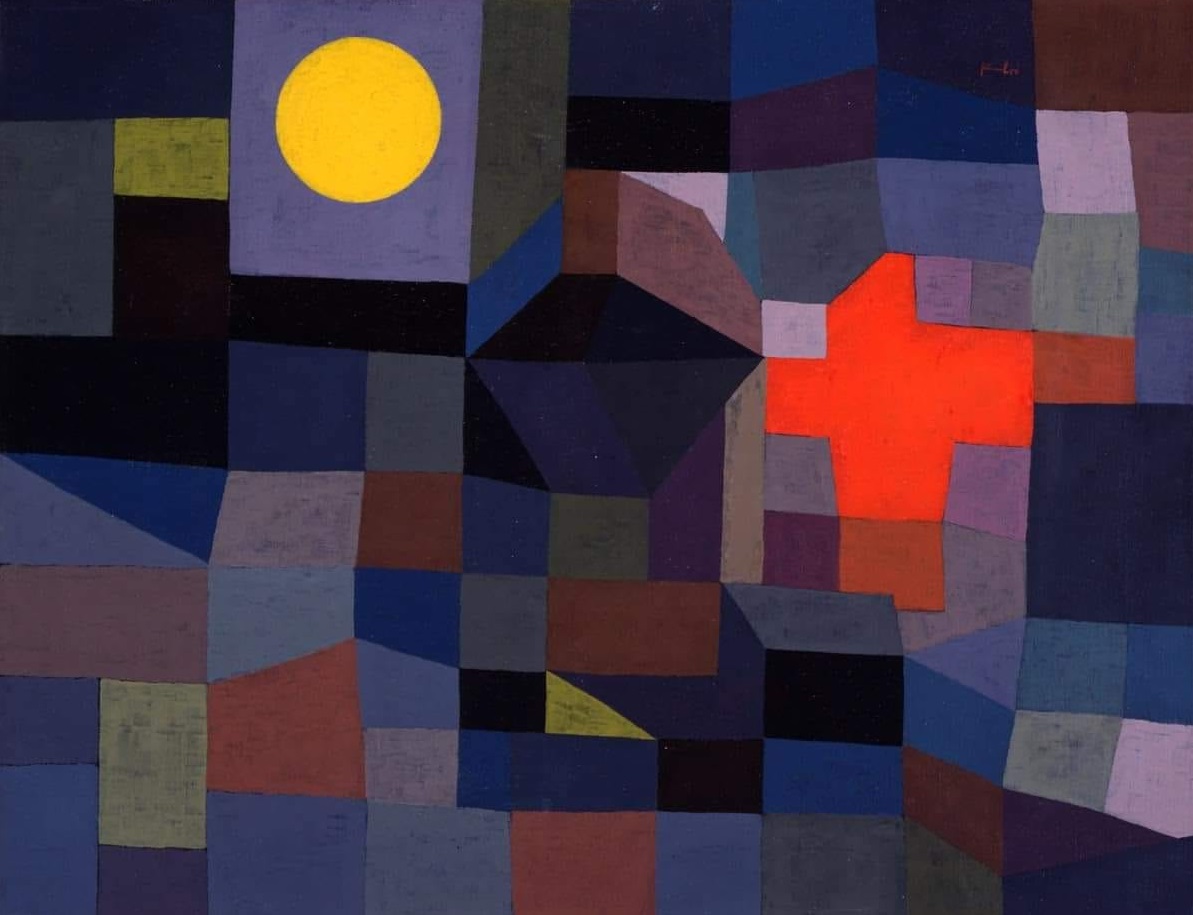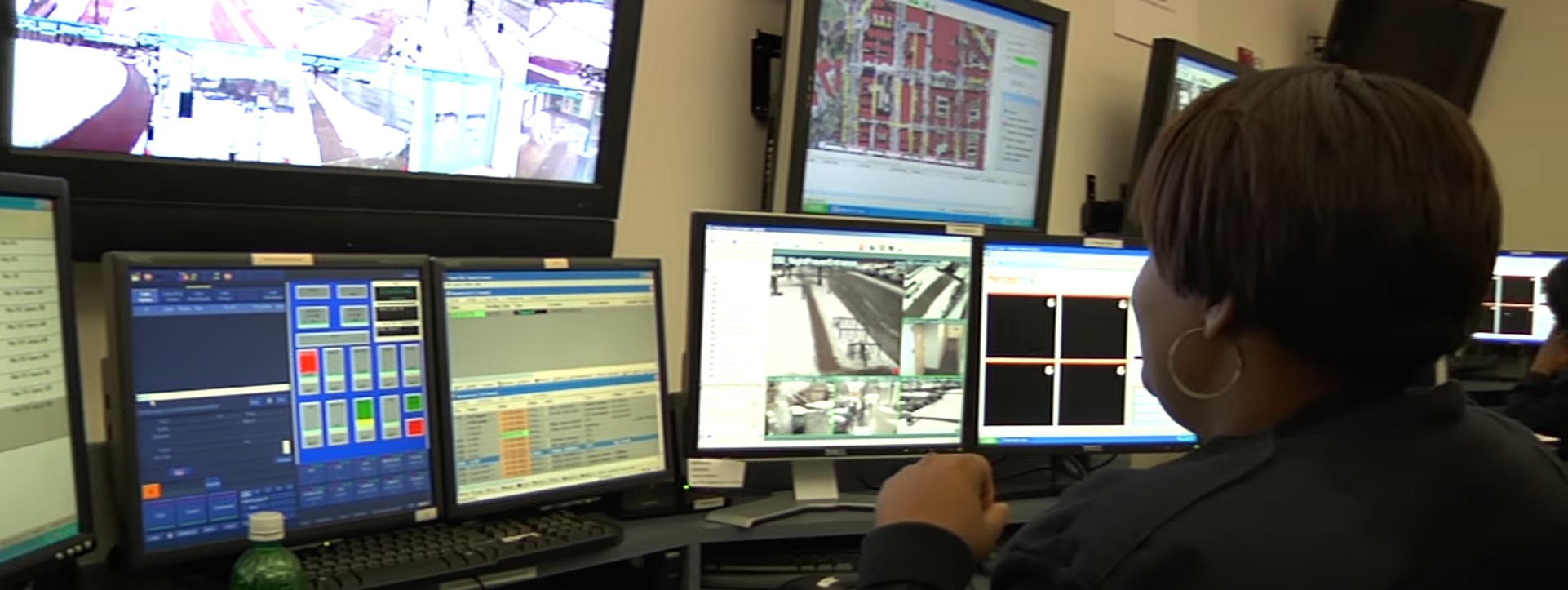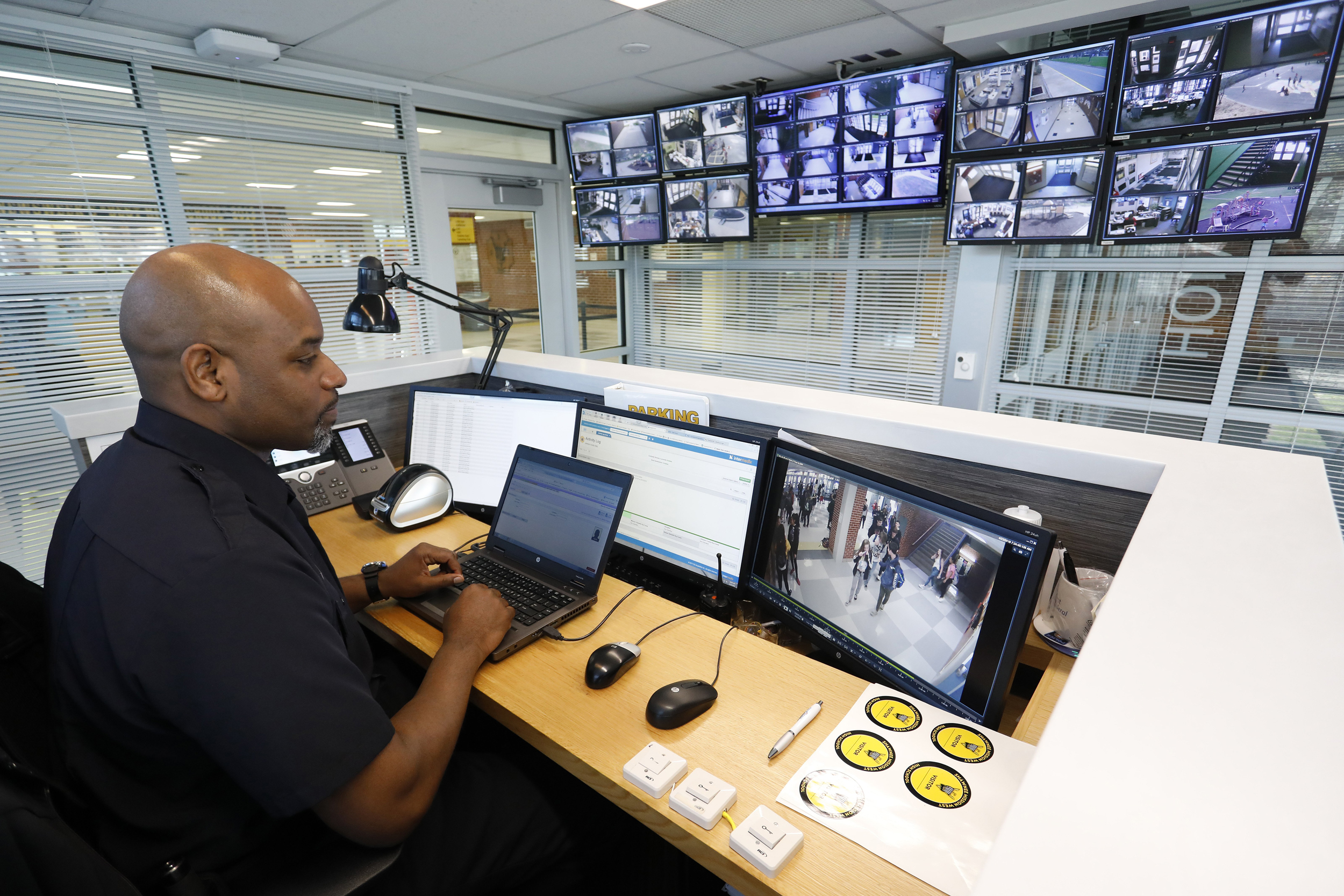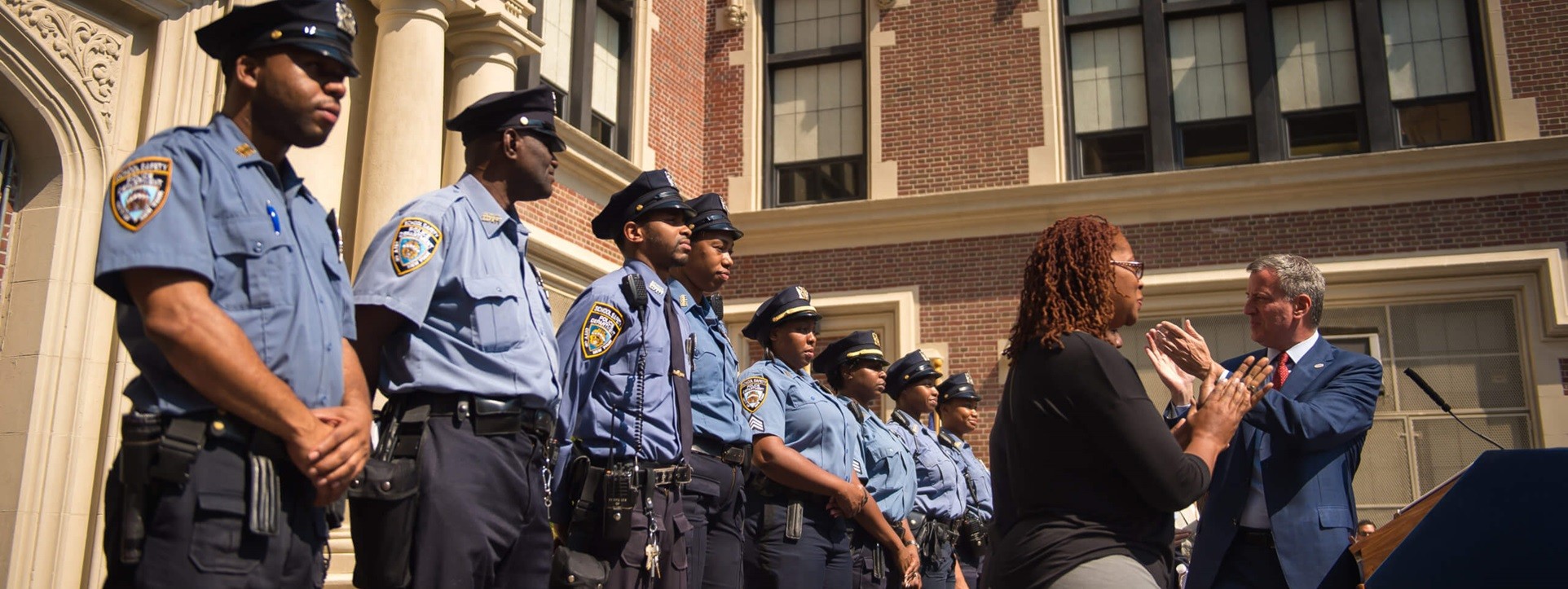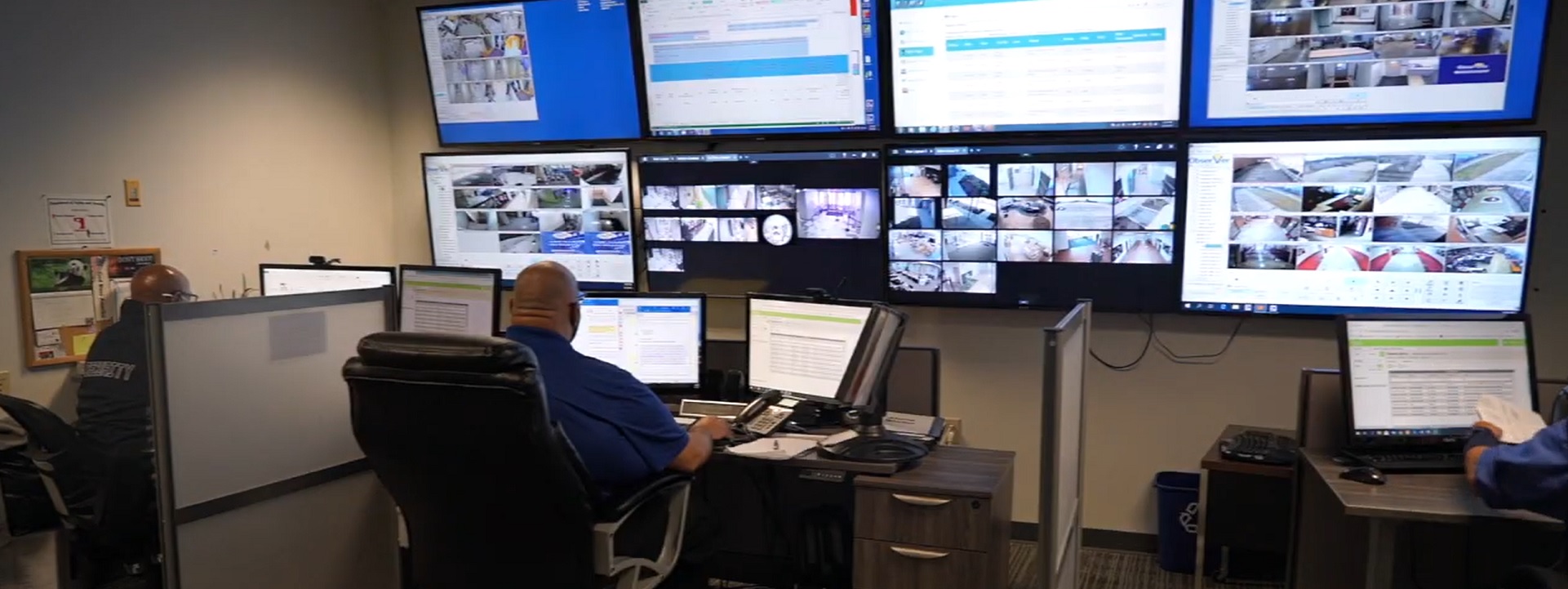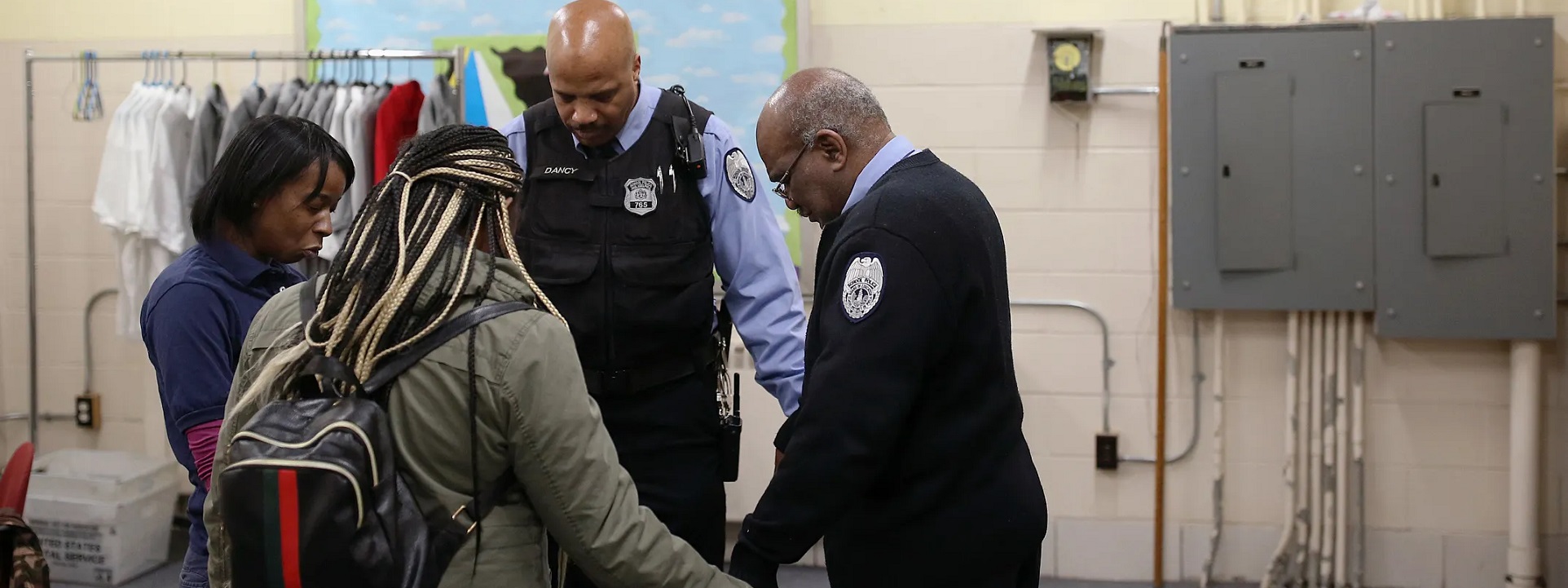“Big Brother is watching you.”
“Always the eyes watching you and the voice enveloping you. Asleep or awake, working or eating, indoors or out of doors, in the bath or in bed—no escape. Nothing was your own except the few cubic centimeters in your skull.”
“At any rate, they could plug in your wire whenever they wanted to. You had to live—did live, from habit that became instinct—in the assumption that every sound you made was overheard, and, except in darkness, every movement scrutinized.”
“It was terribly dangerous to let your thoughts wander when you were in any public place or within range of a telescreen. The smallest thing could give you away.”
Hard upon conclusion of the fall semester, educational settlements ebb in population as students return to their home fires.
Today we pull together best practice in the systems — the people and the technologies — that sustain campus safety and stability during the Thanksgiving, Christmas and New Year holidays.
Join us at 16:00 UTC with login credentials at the upper right of our home page.
Electronic Communications Privacy Act (ECPA) of 1986:
Builders Hardware Manufacturers Association A156.25 – 2023 Electrified Locking Systems
Open Network Video Interface Forum
IEC 62676-1-1: Video surveillance systems for use in security applications
ANSI C136 Series – Standards for Roadway and Area Lighting Equipment
Park Point University Campus Security


